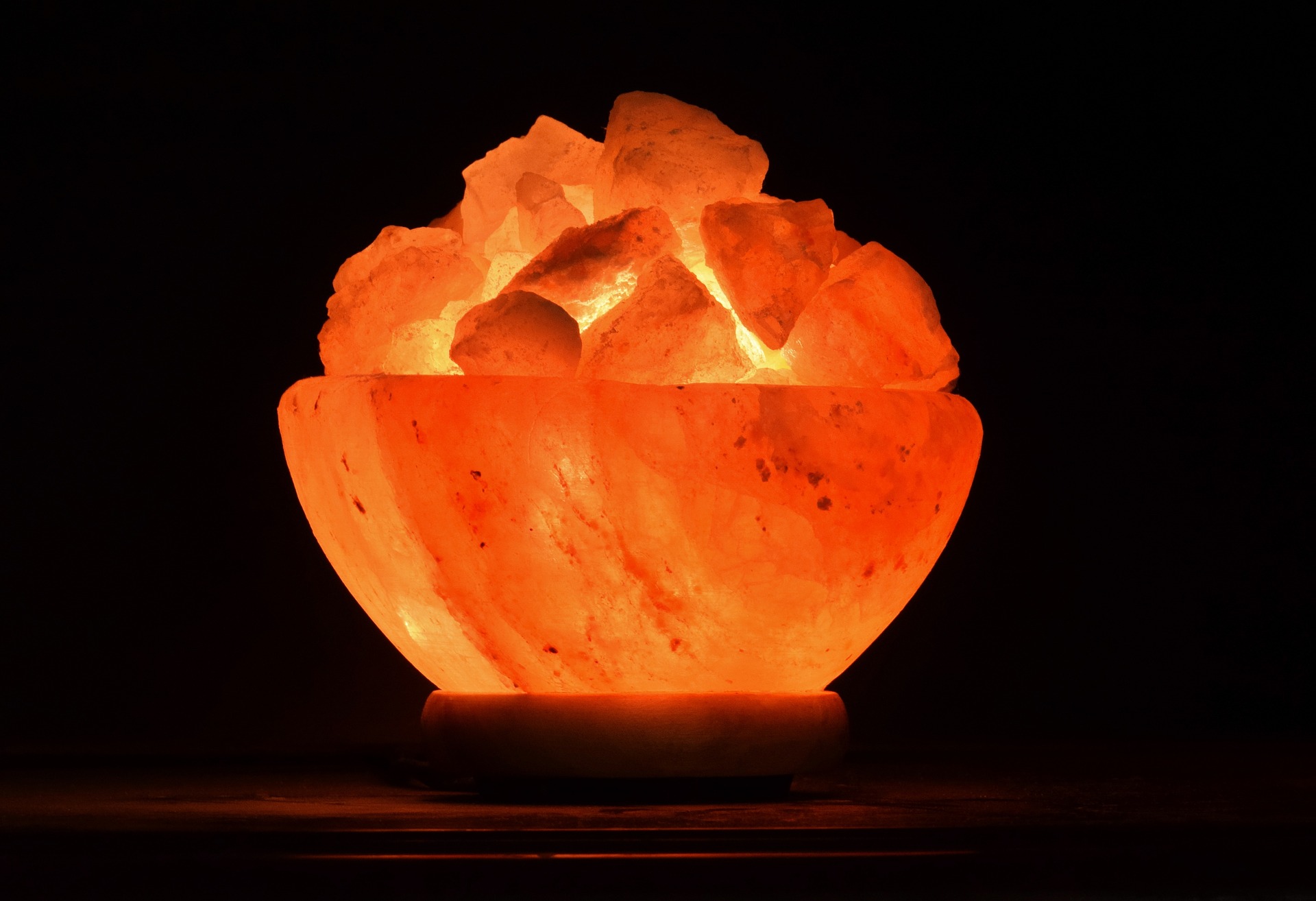Currently Empty: ₨0.00

In recent years, Himalayan salt has become a popular wellness product across the globe. From pink salt lamps to salt baths and cooking slabs, it’s everywhere — but is it just a passing trend, or is there real value behind the hype?
Let’s dive into the origins, benefits, and everyday uses of Himalayan salt, and why it has earned its place in homes and health routines worldwide.
What Is Himalayan Salt?
Himalayan salt is a naturally occurring pink rock salt mined from the ancient Khewra Salt Mine in the foothills of the Himalayas in Pakistan. Unlike refined table salt, it contains over 80 minerals and trace elements, including magnesium, potassium, and calcium — which give it its signature pink hue.
The Rise of the Pink Salt Craze
Health-conscious consumers and wellness influencers helped bring Himalayan salt into the spotlight. What started as a gourmet kitchen staple quickly expanded into the wellness world — especially in the form of Himalayan salt lamps, salt therapy rooms, and bath soaks.
But beyond aesthetics and Instagram appeal, Himalayan salt offers benefits worth understanding.
Benefits of Himalayan Salt
1. Air Purification (Salt Lamps)
Salt lamps are believed to release negative ions into the air, helping to neutralize pollutants and allergens. While scientific evidence is limited, many users report fresher air and reduced symptoms of asthma or allergies.
2. Better Sleep & Mood
The gentle warm glow of a salt lamp creates a calming ambiance, ideal for bedrooms or meditation rooms. It may help regulate sleep cycles and promote relaxation.
3. Skin Detoxification
Himalayan salt baths can help remove toxins from the skin, reduce inflammation, and improve circulation. Its natural minerals nourish the skin and leave it soft and refreshed.
4. Culinary Use
As a cooking salt, it’s considered more natural and mineral-rich compared to processed table salt. It’s often used in gourmet dishes and even on slabs for grilling or serving.
5. Respiratory Relief (Salt Therapy)
Salt rooms (halotherapy) use finely ground Himalayan salt to relieve respiratory issues such as bronchitis, allergies, or sinus infections. The anti-inflammatory and antibacterial properties may offer relief over time.
How to Use Himalayan Salt in Daily Life
-
Salt Lamps: Place them in living rooms, bedrooms, or offices for mood lighting and air purification.
-
Bath Soaks: Add a cup of Himalayan salt to your bathwater and soak for 20 minutes.
-
Cooking: Use fine-grain pink salt in everyday cooking or serve on salt slabs.
-
Facial Scrubs: Mix it with coconut oil for a natural exfoliator.
Is There Science Behind It?
While many benefits are supported by anecdotal evidence, more scientific studies are needed to confirm the claims — especially regarding air purification and ion release. However, its mineral content, skin benefits, and culinary value are well documented.
Final Thoughts: A Trend with a Purpose
Himalayan salt isn’t just a wellness fad — it’s a natural, versatile product with deep roots in tradition and culture. Whether you’re using it to enhance your recipes, purify your air, or unwind in a warm bath, its benefits are hard to ignore.
So the next time you light up a pink salt lamp or sprinkle some pink crystals on your meal, remember — you’re not just following a trend. You’re embracing a time-tested natural treasure from the heart of the Himalayas.
